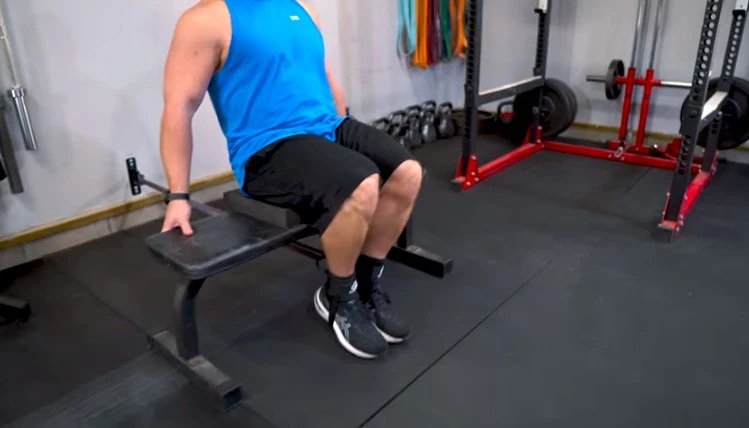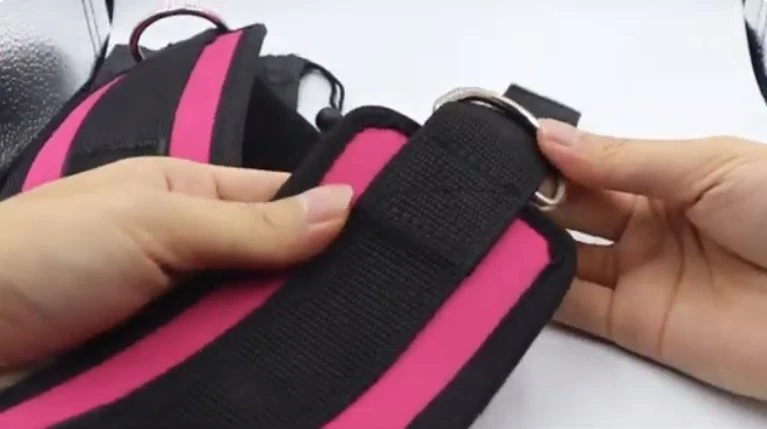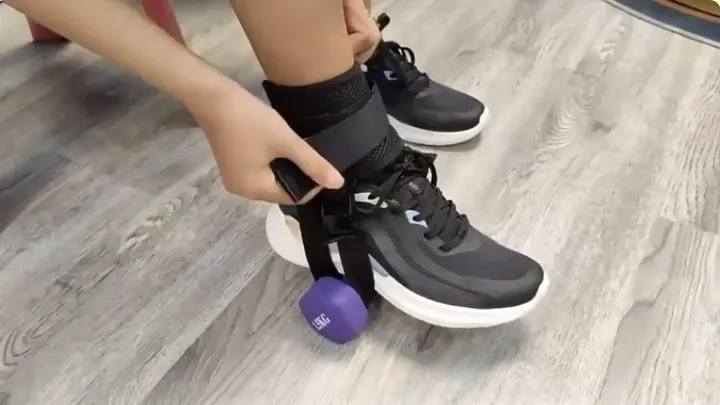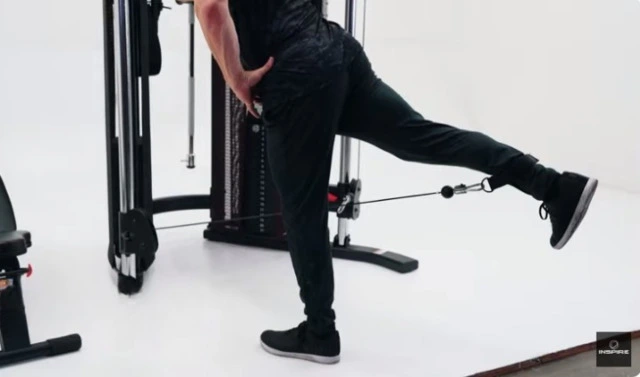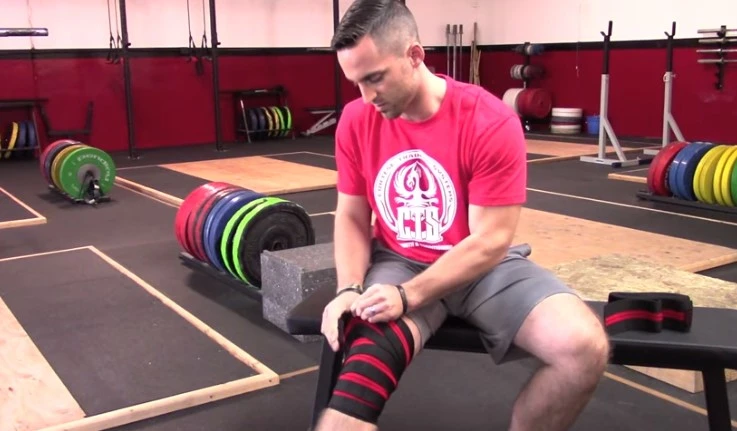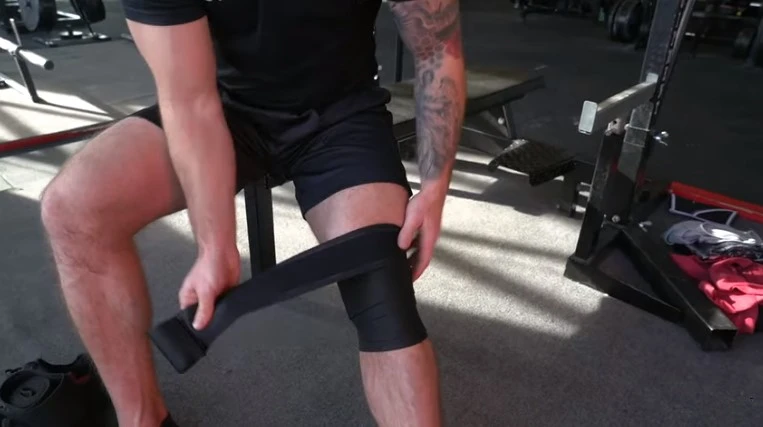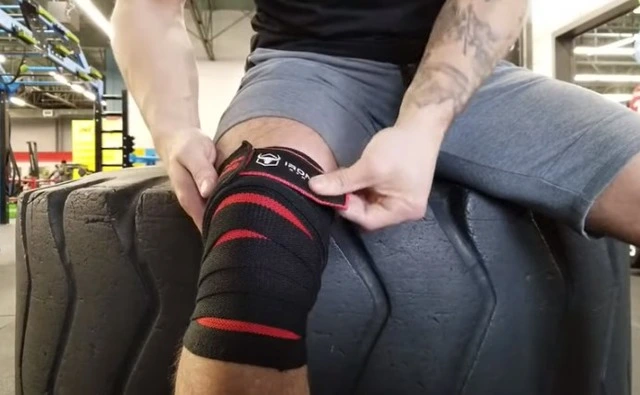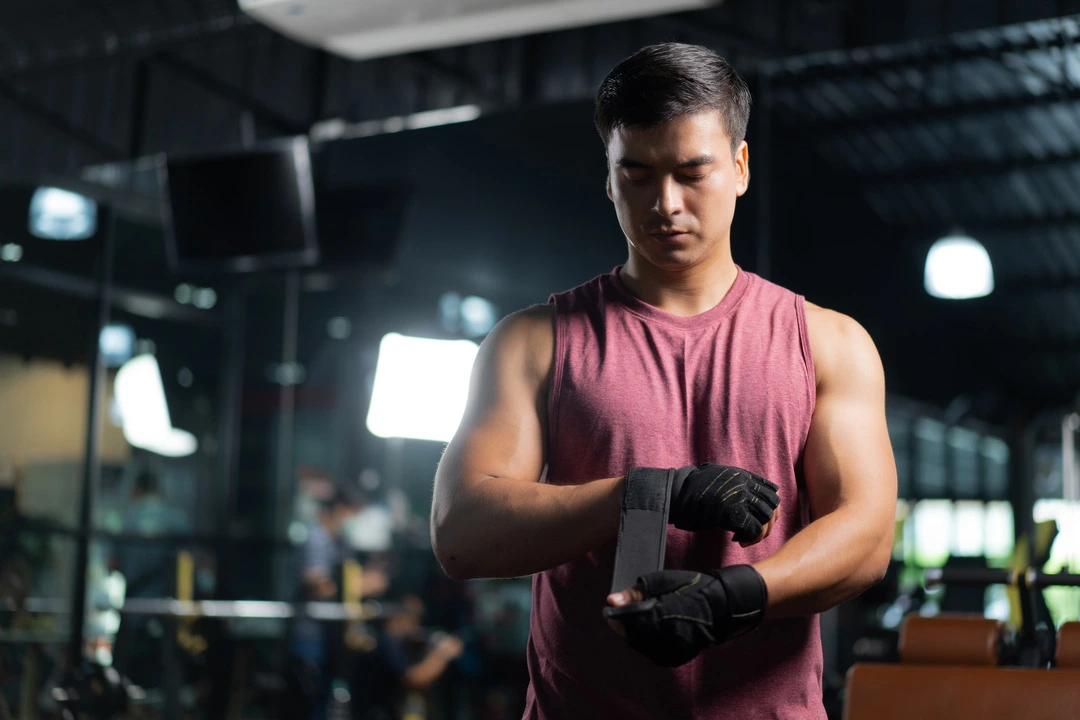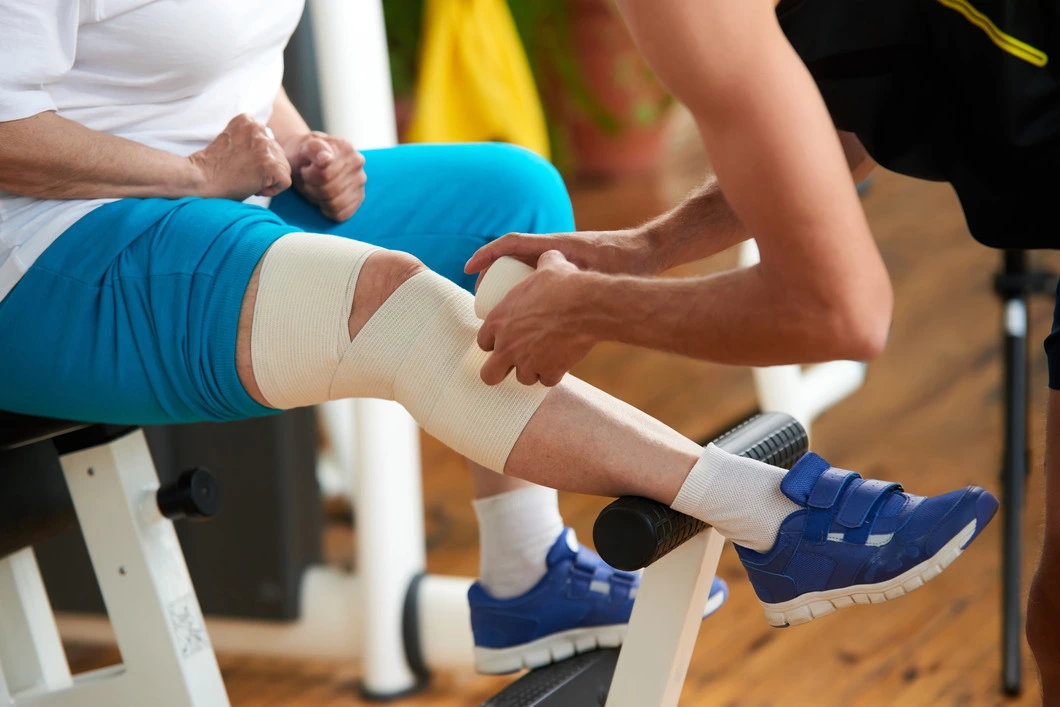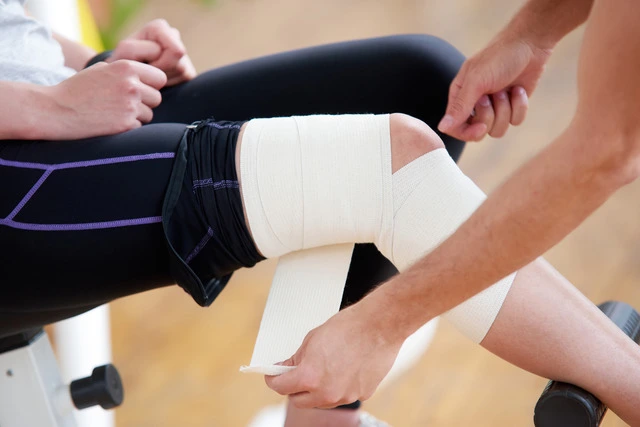How Do Ankle Straps Improve Your Workouts?
Ankle straps are simple yet powerful accessories that can transform your exercise routine and add a new dimension to your fitness journey in Bangladesh. Wondering how?
By providing increased resistance, targeted muscle engagement, and enhanced stability, ankle straps improve your workouts, making every movement more effective.
However, there are a few ankle strap types, and the purpose of each ankle strap type varies depending on your workout routine. Let’s discuss the ways ankle straps contribute to an improved and dedicated workout experience that helps you reach your fitness goals.
Benefits of Ankle Straps to Improve WorkoAnkle straps are simple yet powerful accessories that can transform your exercise routine and add a new dimension to your fitness journey in Bangladeshuts
It’s time to learn some beneficial aspects of ankle straps to improve workouts.
Increased Resistance to Intense Workouts
Ankle straps for working out bring a new dimension to your workouts by introducing resistance. Whether you’re doing leg lifts, squats, or kickbacks, the straps increase the challenge, making each movement easy.
This extended resistance promotes muscle engagement, making your workouts more effective for building strength and endurance. It’s a simple yet powerful way to accelerate the intensity of your exercises, pushing your fitness boundaries.
Versatile Exercise Options
Workout ankle straps offer versatility, unlocking a spectrum of exercises. From leg-focused movements to upper-body workouts, the options are vast. Appoint them for glute kickbacks, side leg lifts, or even standing abductions.
This versatility ensures a comprehensive workout routine, preventing monotony and targeting various muscle groups. It’s like having a compact gym in your bag, ready to diversify your fitness session.
Targeted Muscle Engagement
Precision is the key and gym ankle straps enable targeted muscle engagement. With these straps, you isolate specific muscle groups, prioritizing the focus on glutes, hamstrings, or thighs.
This isolation ensures that each repetition maximizes muscle activation, contributing to muscle growth and definition. Whether you’re toning or building strength, ankle straps allow you to fine-tune your workout to meet your fitness goals.
Improved Stability and Balance
Fitness ankle straps play a crucial role in enhancing stability and balance during exercises. Whether you’re performing lateral band walks or standing abductions, the straps provide an anchor, preventing wobbling and ensuring controlled movements.
This improved stability not only minimizes the risk of injuries but also allows for more effective muscle engagement, providing a solid foundation for your workouts.
Reduced Joint Strain
Ankle straps for gym distribute resistance evenly, reducing strain on your joints. Unlike free weights that can place excess stress on joints, the controlled nature of ankle strap exercises minimizes this impact.
This reduction in joint strain is particularly beneficial for individuals with joint concerns or those aiming for low-impact workouts, promoting joint health and making exercises more accessible.
Enhanced Range of Motion
Unlock a fuller range of motion with ankle strap exercises, promoting a more dynamic and effective workout. The straps promote a complete extension and contraction of muscles, ensuring that each movement maximizes its benefits.
This increased range of motion not only optimizes muscle engagement but also contributes to improved flexibility over time, enhancing overall fitness levels.
Convenient for Home Workouts
Ankle straps for gymnastics are a practical choice for home workouts, offering convenience without compromising effectiveness. They’re compact, easy to store, and don’t require extensive space.
Whether you have a dedicated workout area or need to make space in your living room, these ankle companions are a hassle-free addition to your home fitness routine. This convenience ensures regularity and adherence to your workout schedule.
Adaptable to Different Fitness Levels
One size doesn’t fit all, and ankle straps recognize that. They are adaptable to different levels of fitness enthusiasts in Bangladesh, allowing you to customize the resistance based on your strength.
Whether you’re a beginner or a pro fitness enthusiast, using the best ankle straps ensures that your workouts are tailored to your current fitness level.
This adaptability promotes inclusivity, encouraging individuals at various stages of their fitness journey to benefit from ankle strap exercises.
Compact and Portable
Say goodbye to bulky equipment – ankle straps for weightlifting are compact and portable. Whether you’re traveling or have limited space at home, these straps are easily packed into your gym bag or stored in a small space.
Their compact nature makes them a reliable option for those who prioritize efficient and space-saving workout solutions.
Affordable Fitness Solution
Ankle straps provide an affordable fitness solution without compromising on effectiveness. Unlike investing in large gym equipment or costly memberships, ankle straps offer a budget-friendly alternative.
This accessibility makes them an ideal choice for individuals of Bangladesh in search of a cost-effective yet impactful addition to their fitness arsenal. Ankle straps prove that effective workouts don’t have to come with a strong price tag.
Types of Ankle Straps
Understanding various types of ankle straps is important for choosing the right tool for your specific fitness goal. Let’s have a brief overview of each of them.
Velcro Ankle Straps
Velcro ankle straps offer quick and secure fastening. Their adjustable closure makes them versatile, fitting various ankle sizes comfortably. Perfect for those who desire easy functionality during dynamic workouts, providing a hassle-free experience.
D-ring Ankle Straps
D-ring ankle straps feature a sturdy D-shaped ring for reliable attachment. They ensure stability during exercises, especially beneficial for movements requiring controlled resistance. Ideal for individuals looking for a secure and durable option to enhance their workout routine.
Cable Machine Ankle Straps
Designed for cable machines, these ankle straps offer a versatile attachment point. They enable a wide range of cable-based exercises, emphasizing controlled movements. Perfect for those aiming to diversify their gym workouts and target various muscle groups effectively.
Padded Ankle Straps
Padded ankle straps prioritize comfort during workouts. With cushioned padding around the ankle attachment point, they minimize discomfort and pressure, allowing for extended training sessions. Ideal for individuals searching for a gentler and more comfortable fitness experience without compromising on effectiveness.
Resistance Band Ankle Straps
Engineered for resistance band exercises, these ankle straps provide a secure anchor point. They enable resistance band movements to target lower body muscles effectively. Perfect for those incorporating resistance bands into their workouts to add versatility to their home or gym training routines.
Conclusion
Ankle straps emerge as a motivator in accelerating workout experiences for diverse fitness lovers in Bangladesh. These unassuming accessories enhance resistance, promote versatility, and prioritize targeted engagement to ensure every movement contributes to ultimate fitness.
The adaptability, convenience, and affordability of ankle straps redefine home workouts, encouraging individuals to adhere to their fitness journey with confidence and effectiveness.
With ankle straps, achieving fitness aspirations becomes not just a goal but an accessible reality for everyone.
FAQs
Do ankle straps make a difference in leg exercises?
Yes, ankle straps make a significant difference by providing stability and allowing targeted muscle engagement, enhancing the effectiveness of leg workouts.
Can ankle straps help with body toning?
Ankle straps assist in isolating specific muscles, aiding in body toning by ensuring focused resistance during exercises like leg lifts and hip abductions.
Are ankle straps suitable for various workouts?
Yes, ankle straps are versatile and can be used for a variety of exercises. They easily attach to different fitness equipment, expanding the range of workouts and promoting overall strength and flexibility.

